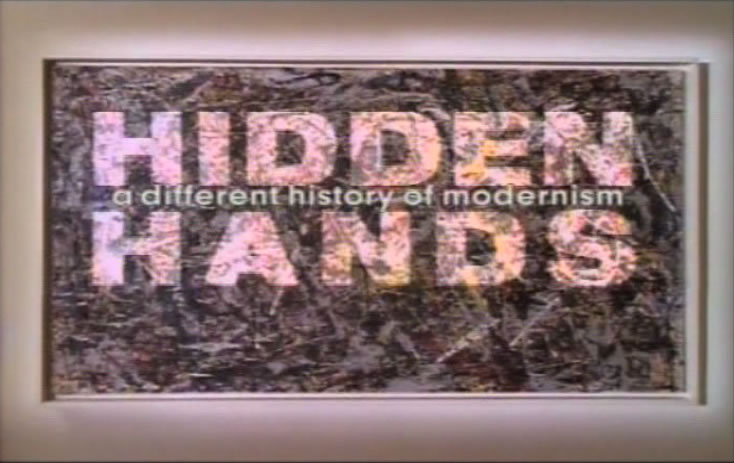“Imagination is the only weapon in the war against reality.” ― Lewis Carroll, Alice in Wonderland
MODERN ART AS CIA WEAPON
For decades in art circles it was either a rumour or a joke, but now it is confirmed as a fact. The Central Intelligence Agency used American modern art - including the works of such artists as Jackson Pollock, Robert Motherwell, Willem de Kooning and Mark Rothko - as a weapon in the Cold War. In the manner of a Renaissance prince - except that it acted secretly - the CIA fostered and promoted American Abstract Expressionist painting around the world for more than 20 years. The artists themselves, many were ex- communists barely acceptable in the America of the McCarthyite era, and certainly not the sort of people normally likely to receive US government backing.
To pursue its underground interest in America's lefty avant-garde, the CIA had to be sure its patronage could not be discovered. "Matters of this sort could only have been done at two or three removes," Mr Jameson explained, "so that there wouldn't be any question of having to clear Jackson Pollock, for example, or do anything that would involve these people in the organisation. And it couldn't have been any closer, because most of them were people who had very little respect for the government, in particular, and certainly none for the CIA . If you had to use people who considered themselves one way or another to be closer to Moscow than to Washington, well, so much the better perhaps." This was the "long leash". The centrepiece of the CIA campaign became the Congress for Cultural Freedom, a vast jamboree of intellectuals, writers, historians, poets, and artists which was set up with CIA funds in 1950 and run by a CIA agent. It was the beach-head from which culture could be defended against the attacks of Moscow and its "fellow travelers" in the West. At its height, it had offices in 35 countries and published more than two dozen magazines, including Encounter. Source > How the CIA Spent Secret Millions Turning Modern Art Into
|
Hidden Hands:
|

